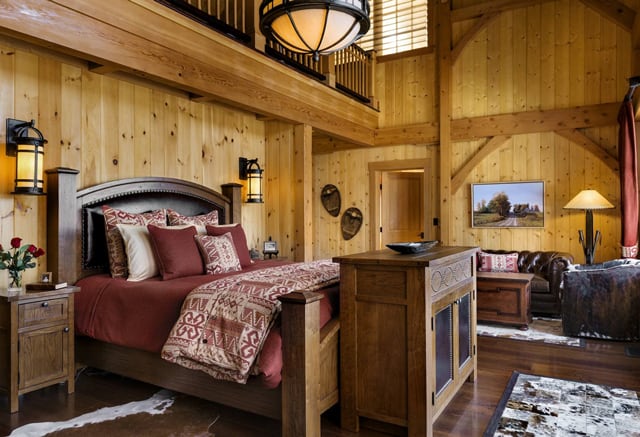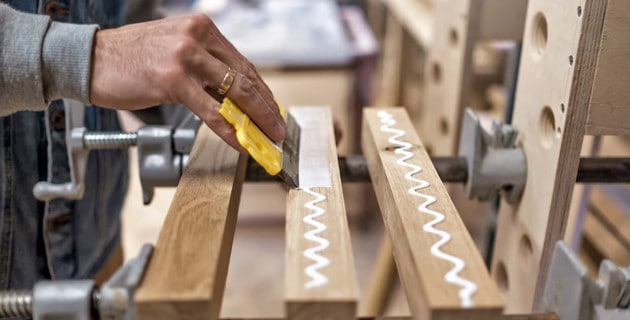Having a green home will ensure a safe, healthy environment for your family, and you’re helping to protect the planet, too. If you’ve decided to give your home a green renovation, you’ll want to select non-VOC paints, organic fabric for your upholstery, reclaimed wood and metal, and energy-efficient appliances. But, have you checked what kind of adhesives and sealants have been used in the construction of your furniture?
The adhesives and sealants used in most furniture contain a litany of toxic chemicals that are released into your home through off-gassing. They enter your system through the air you breathe. Some of these toxins can contribute to asthma, autoimmune disorders, and even cancer.
Listed below are the most commonly used toxic chemicals in adhesives and sealants that you need to watch out for:
Benzene And Formaldehyde
Most composite wood furniture is made using glues, and these glues are made with chemicals like benzene and formaldehyde. Both of these chemicals are listed on California’s Proposition 65, which is the Safe Drinking Water and Toxic Enforcement Act of 1986. The proposition lists chemicals that can cause birth defects, cancer, and other reproductive damage.
Polyurethane
Most adhesives, sealants, and glues contain polyurethanes that have diisocyanate (TDI) and methylene diphenyl diisocyanate (MDI). TDI and MDI are made with chemicals like chlorine, toluene, formaldehyde, benzene, and other chemicals. All the above are volatile organic compounds (VOCs) that have been found to cause short and long-term health problems.
Non-Toxic Solutions

Thankfully, there are green options available for furniture glues, adhesives, and sealants. When you buy furniture or have it custom-made, make sure to ask the vendor or designer to ensure that the furniture is made using non-toxic adhesives and glues.

Buy pieces that are made with zero-VOC or low VOC adhesives. In some states like California, it is mandatory by law to use low-VOC adhesives. Scouting for completely green furniture (that has been put together with green glue) can be tricky. It’s a good idea to hire or consult a designer that is known for eco-friendly interiors such as New Hampshire’s Randy Trainor or Denver’s Margarita Bravo. They can help you make the right choices and source completely green furniture.
If you’ve decided to give your home a green renovation, make sure that every detail is eco-friendly — from adhesives to the upholstery and accessories.♥


